About About
Ngā Whenu Ngā Whenu
The name Ngā Ngaru Wakapuke was gifted to the research team by Kurt Komene-Smith, Leader Ngā Uki o te Mounga with support from highly respected tohunga Kura Moeahu (Te Ātiawa). It builds on the 1894 waiata ‘I Te Rā o Maehe’ and references the broad geographical location of Ngā Ngaru Wakapuke by reflecting how the waves on Raukawa Moana (Cook Strait) and the movement of the landscape beneath create ripples that impact the land and all people of Aotearoa.
Through a weaving of Te Ao Māori and Te Ao Pākehā knowledge of disaster preparedness, Ngā Ngaru Wakapuke aims to unleash the potential of knowledge from Ō mua (past) and showcase its contemporary application and relevance in i te ao hurihuri (present time).
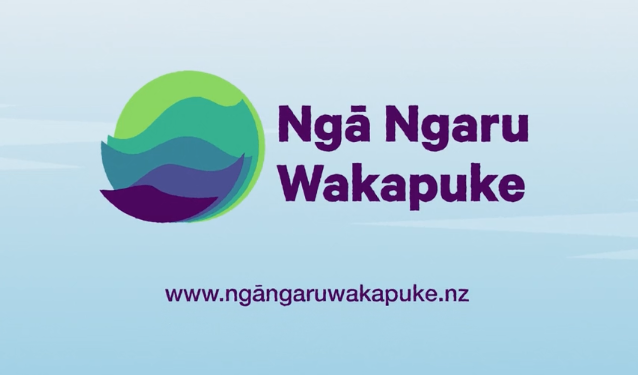
Research Aims
Rangahau
The Ngā Ngaru Wakapuke team has been organised into four Research Aims. These Research Aims — RA1 The Future, RA2 The Forecast, RA3 The Past and RA4 The Foundations — have been formulated to include team members with distinct goals and skillsets that can help us to deepen our understanding of Transition Zone earthquake behaviour.
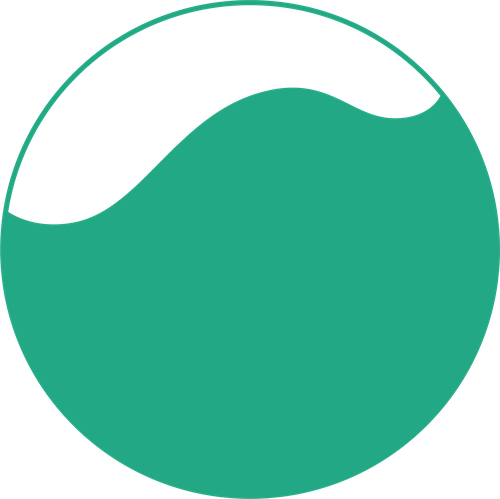
The Future
How can we best prepare our communities for a more disrupted future? This Research Area focuses on relationships and engagement with local iwi and communities, thinking together about how the impact of ongoing earthquakes might play out over time. Weaving together threads of mātauranga Māori, deep local knowledge and the latest science, we will create and develop stories, scenarios and materials that help people plan and prepare for the types of disruption they are most likely to face.
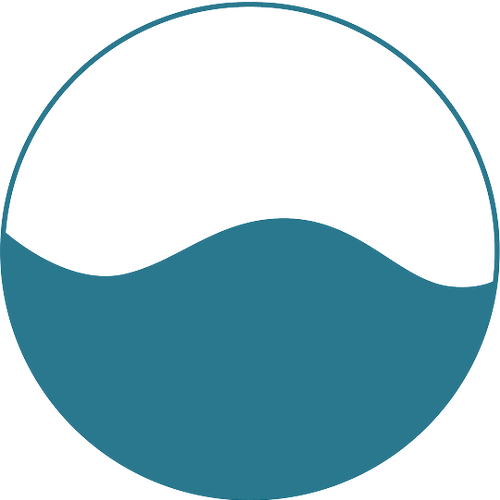
The Forecast
What earthquakes could happen in the future and how can we understand what their impacts might be? The ʻForecastʻ component of Ngā Ngaru Wakapuke aims to address these questions. Whereas most models of seismic risk only think about the effects of a single earthquake, we are using new computer models of both the physics of earthquakes, the damage they cause and the associated socio-economic impacts to understand the potential effects of having a sequence of earthquakes, one after another. Understanding how having another earthquake part way through the recovery from the first might change the impacts will help infrastructure providers and policy makers to advocate for resilient construction.
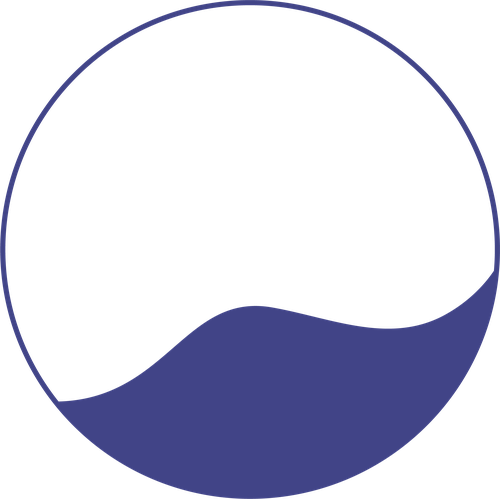
The Past
What can the past tell us about what might happen in the future? The focus of this Research Area is on developing a comprehensive understanding of the pattern and frequency of past large earthquake sequences. Using new methods, we are studying evidence from lakes and wetlands near fault lines to create a detailed earthquake history going back 10,000 years. This will be the most comprehensive and precise record of past earthquakes ever created for this region. This information will directly feed into our hazard models and help check whether computer simulations of earthquake cycles are accurate.
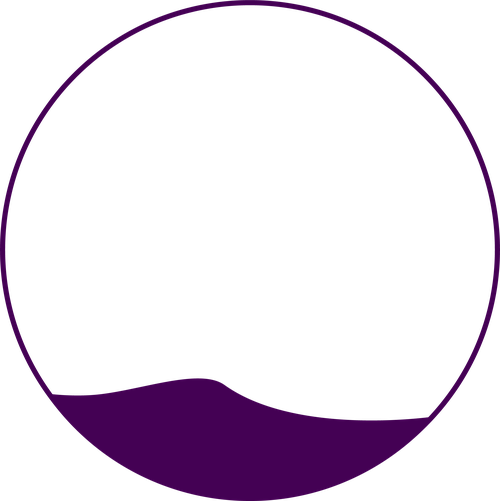
The Foundations
What’s going on under our feet? And how might it affect how the ground behaves? Although the surface features of faults in the Transition Zone have been mapped, we still know little about how these faults are distributed and interconnected underground — or how this affects earthquake behaviour. To address this, The Foundations workstream is using advanced seismic imaging and recordings of thousands of earthquakes across Cook Strait and Marlborough to reveal the geometry of faults beneath the surface of the Transition Zone. We will also conduct lab experiments on rock samples to help us understand how fault strength varies with depth. Together, this research will build the knowledge we need to model earthquake simulations more accurately and better understand complex recent earthquakes, like Kaikōura 2016.
